Single Versus Double Brood Chambers: Which is Best for Your Beehive?
The management of bee colonies is a nuanced art, and one of the crucial decisions for beekeepers is the configuration of brood chambers within the hive.
Brood chambers serve as the nursery for developing bees and house the queen and her eggs.
Among beekeepers, there's a perennial debate: Should one use a single brood chamber or opt for a double brood chamber setup?
Both configurations have their proponents, each citing various advantages.
In this article, we'll delve into the differences between single and double brood chambers, their respective benefits and drawbacks, and considerations for beekeepers in choosing the most suitable setup.

Single Brood Chamber:
A single brood chamber setup consists of one box where the queen lays her eggs, and worker bees rear brood.
This configuration is commonly found in Langstroth hives, which are the most widely used hives worldwide.
Here are some key points regarding single brood chambers:

- Simplicity: Single brood chambers are straightforward to manage. With fewer boxes to inspect and maintain, they are often preferred by beginners or beekeepers with limited time for hive management.
- Heat Regulation: The compact nature of a single brood chamber allows for efficient heat regulation. Bees can more easily maintain optimal temperatures for brood development, especially in colder climates.
- Resource Management: In a single brood chamber setup, resources such as pollen and honey tend to be concentrated in one area. This makes it easier for bees to access and manage these resources efficiently.
- Swarm Prevention: Some beekeepers argue that single brood chambers may help deter swarming tendencies in colonies. The limited space encourages the bees to manage their population more effectively, reducing the likelihood of overcrowding and subsequent swarming.
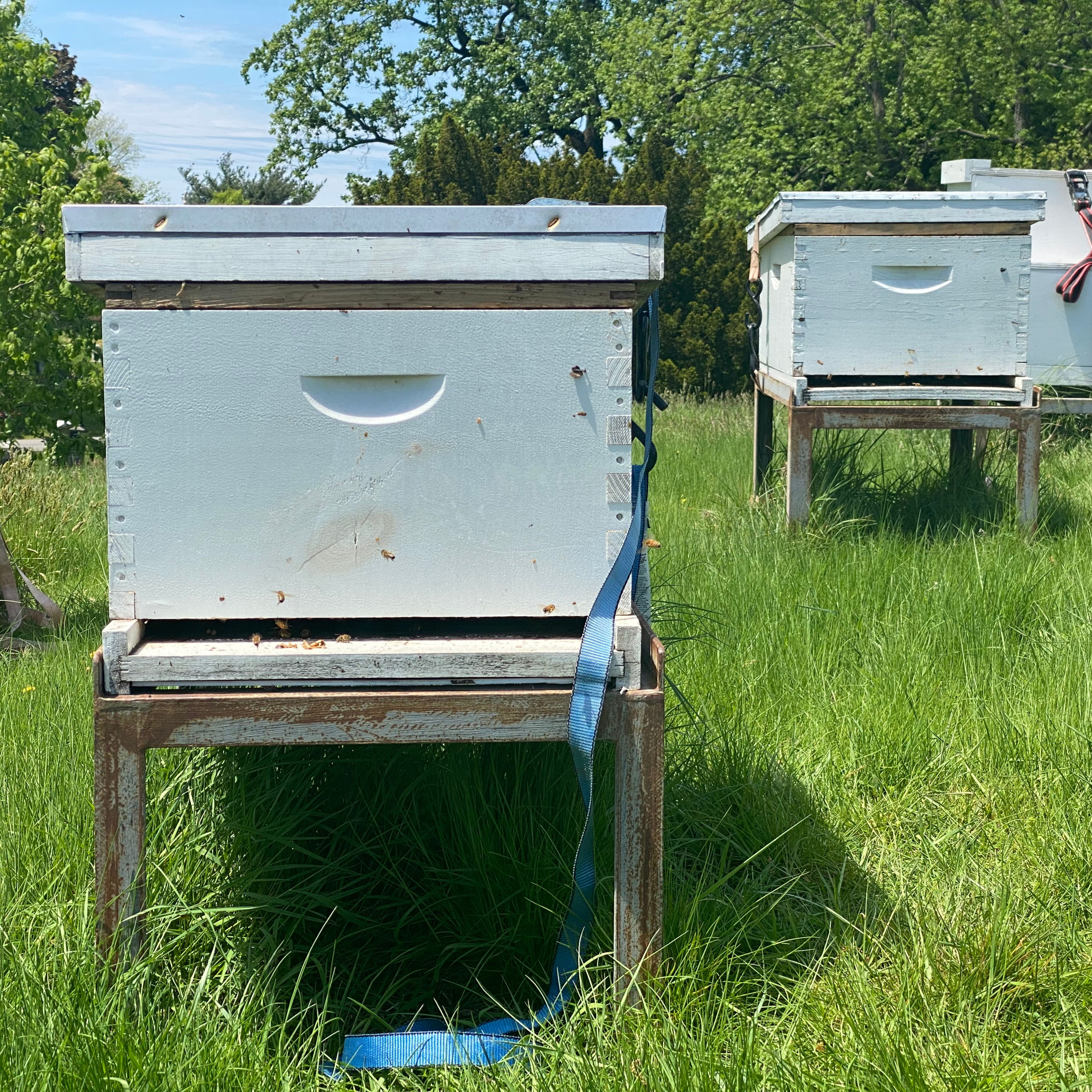
Double Brood Chamber:
A double brood chamber setup involves using two boxes for brood rearing.
Typically, the lower chamber is designated for brood production, while the upper chamber may also contain brood or serve as a space for honey storage.
Here are the primary considerations for double brood chambers:
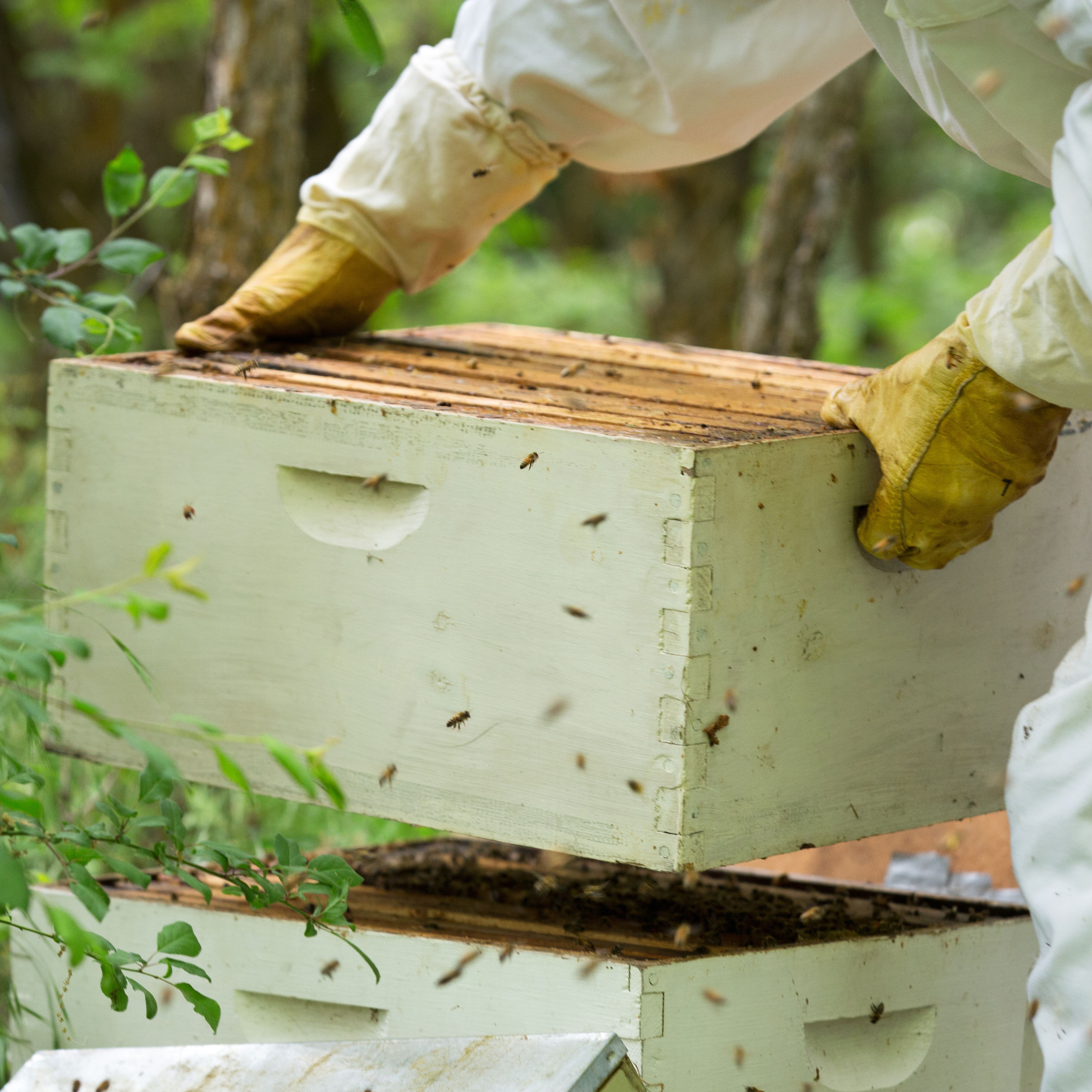
- Increased Brood Production: With more space for egg laying, a double brood chamber setup can potentially result in higher brood production. This can lead to stronger colonies and increased honey yields, particularly during peak foraging seasons.
- Population Expansion: Double brood chambers allow colonies to expand their population more rapidly. This can be advantageous for beekeepers aiming to maximize honey production or those involved in pollination services where strong, populous colonies are desirable.
- Swarm Management: Some beekeepers advocate for double brood chambers as a strategy for swarm management. By providing ample space for population growth, colonies may be less inclined to swarm in search of additional room.
- Flexibility: Double brood chambers offer greater flexibility in hive management. Beekeepers can adjust the distribution of brood and honey frames between the two chambers as needed, providing more options for colony manipulation and optimization.
Considerations for Beekeepers:
When deciding between single and double brood chambers, beekeepers should carefully consider several factors:
- Resource Availability: Assess the abundance of nectar and pollen sources in your area. In regions with ample forage, a double brood chamber setup may be more beneficial for maximizing colony strength and honey production.
- Management Preferences: Consider your preferred level of involvement in hive management. If you prefer a more hands-off approach or have limited time for frequent inspections, a single brood chamber setup may be more suitable.
- Climate: Evaluate the climate conditions in your region. In colder climates, single brood chambers may offer better heat retention and brood development, whereas in warmer climates, double brood chambers may provide necessary ventilation and space for colony expansion.
- Goals and Objectives: Define your goals as a beekeeper. Are you primarily focused on honey production, pollination services, or colony health? Your objectives will influence the most appropriate brood chamber configuration for your operation.
The choice between single and double brood chambers is a critical decision for beekeepers, with implications for colony health, productivity, and management.
Both configurations have their merits, and the optimal choice depends on various factors including beekeeper preferences, environmental conditions, and management goals.
By carefully weighing these considerations, beekeepers can select the brood chamber setup that best aligns with their needs and objectives, ultimately contributing to the success and sustainability of their beekeeping endeavors.
Here is one opinion shared by many:
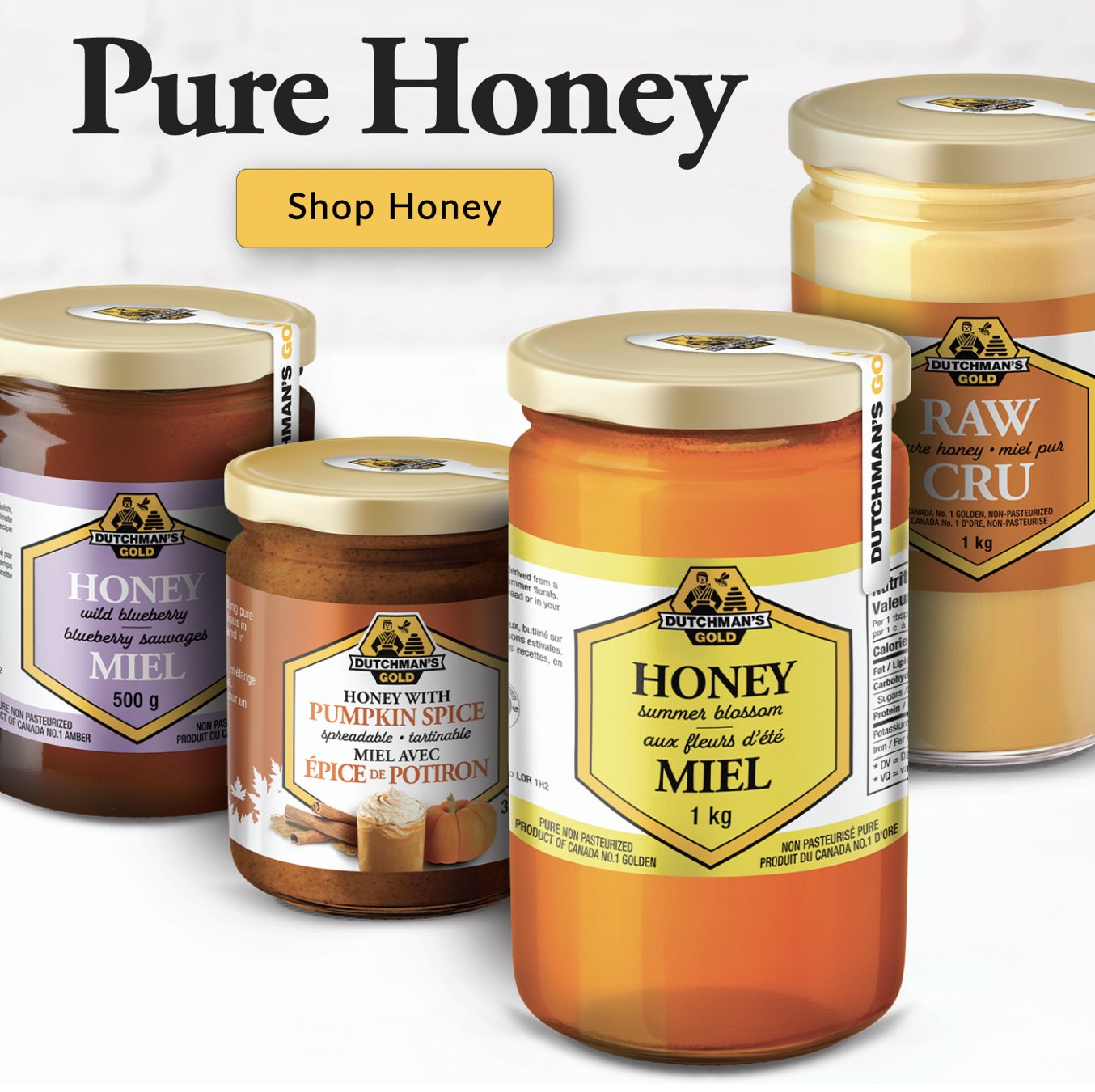
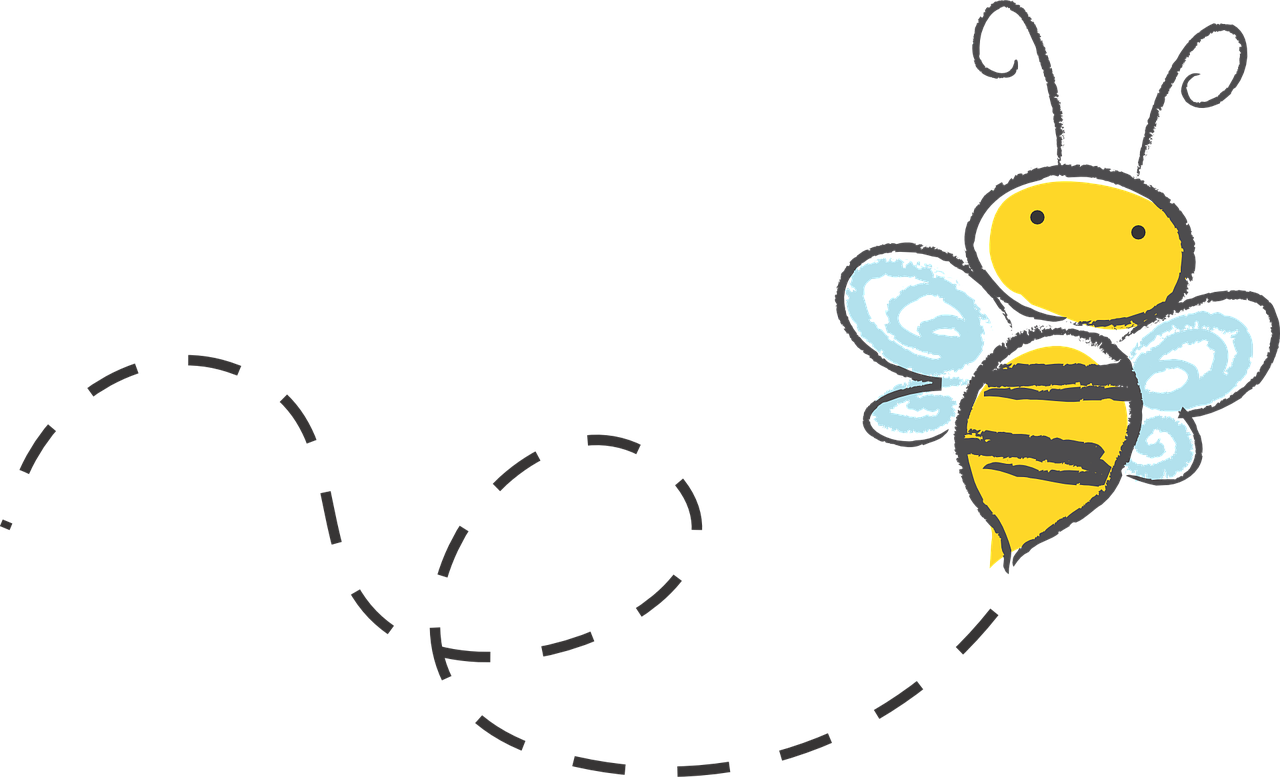


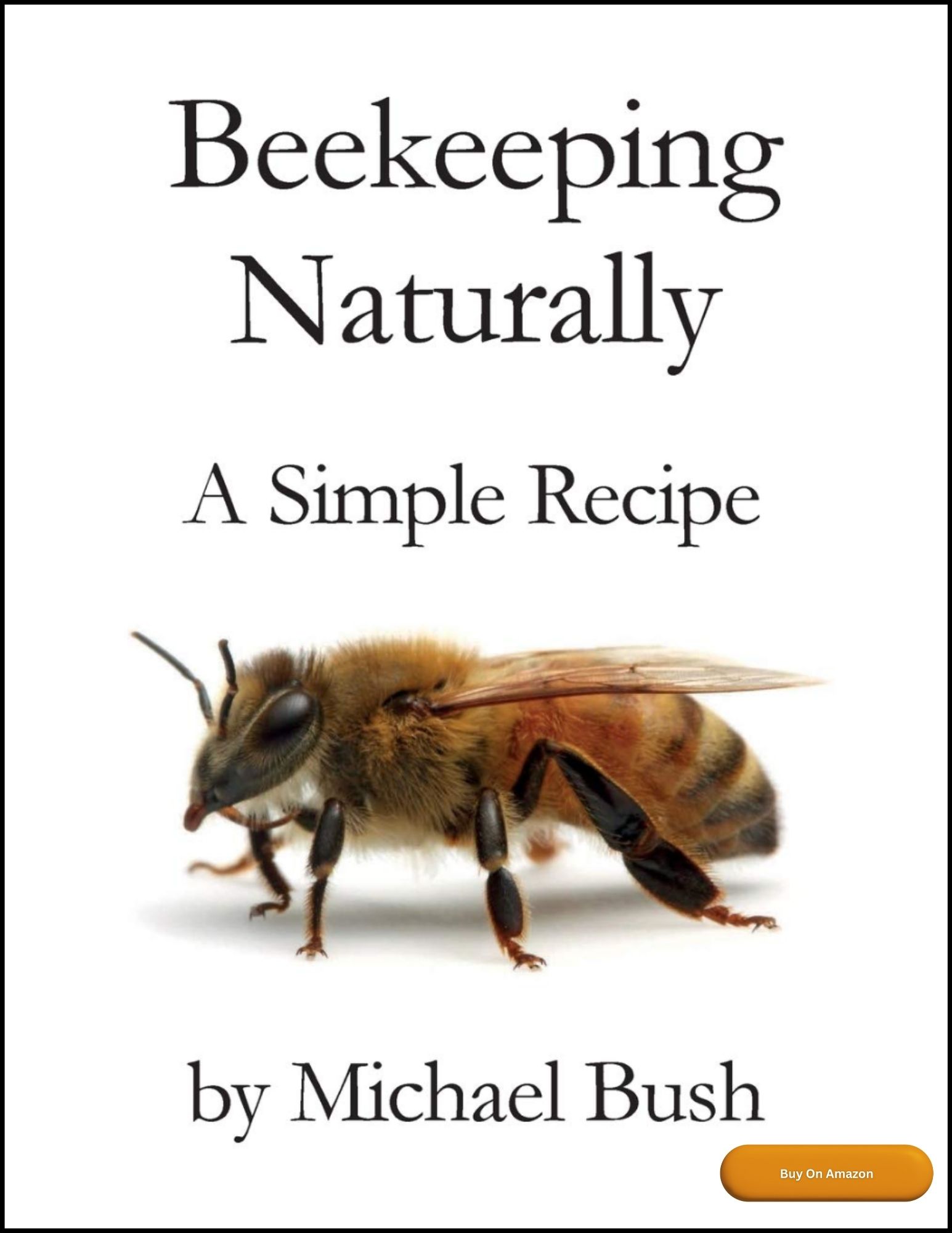

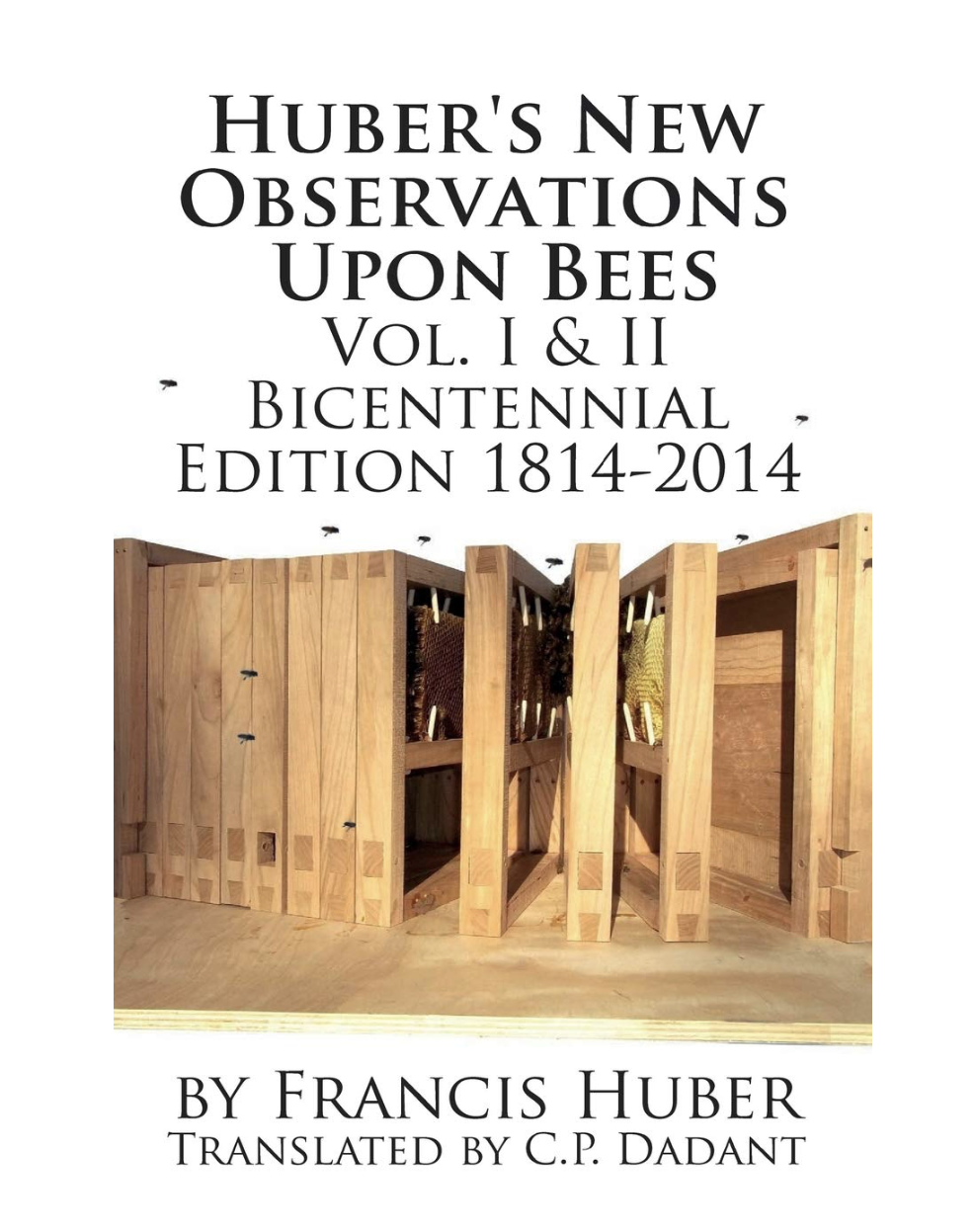
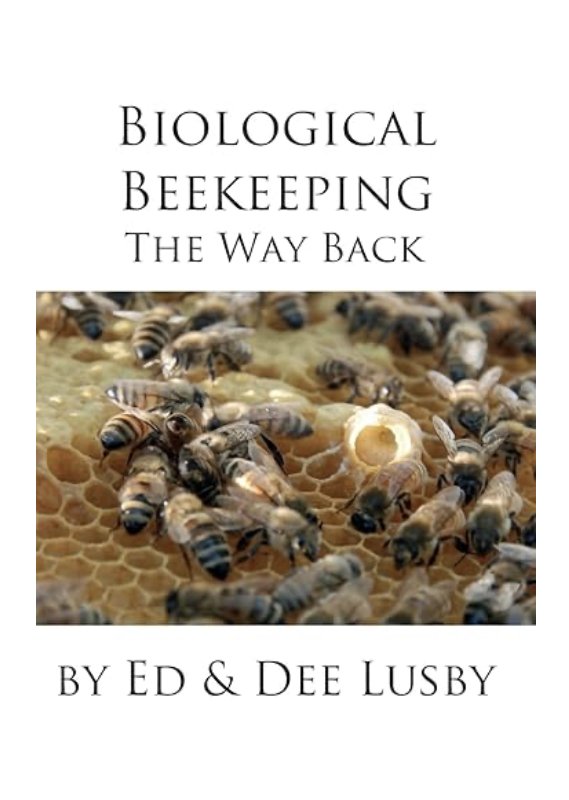

New! Comments
Have your say about what you just read! Leave me a comment in the box below.